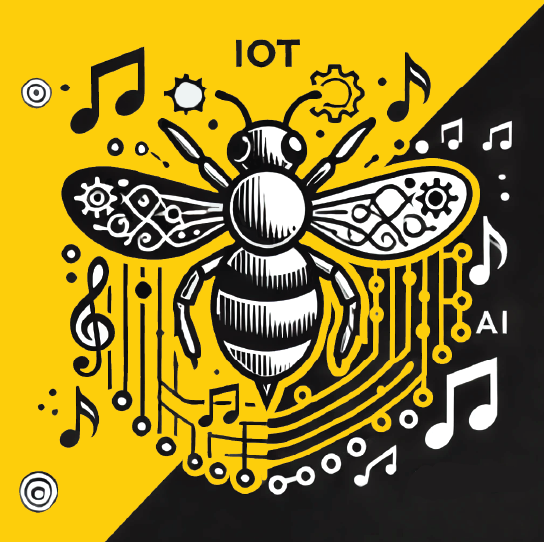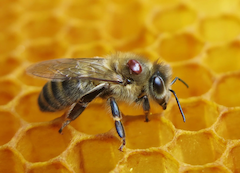It's All About the BUZZzzzZZzzzZzzzZZZzzz
What set's our IoT project apart from all others is the reliance on Machine Listening.
When it came to monitoring the sounds inside my hives, choosing the right microphone was a critical decision. The selection process began with a deep dive into the unique acoustic environment of a honey bee colony. Understanding the frequency ranges, sound patterns, and decibel (dB) levels of bee communication was essential. Spectrograms, which visually represent the frequencies of these sounds over time, provided valuable insights into the specific acoustic signatures I needed to capture.
After extensive research and consultation with experts—including entomologists specializing in bee behavior, physicists focusing on acoustics, and engineers from leading companies—I made an informed decision. I spoke with professionals at Knowles, TDK, GoerTek, and Brüel & Kjær to narrow down the options. Ultimately, I selected the Knowles MEMS I2S microphone for my prototype. This microphone was chosen for its precise sensitivity, low power consumption, and ability to capture the critical frequency ranges of bee sounds accurately. Its small form factor also fits perfectly within the "bee space," ensuring the microphone could be integrated seamlessly into the hive without disrupting the colony.



